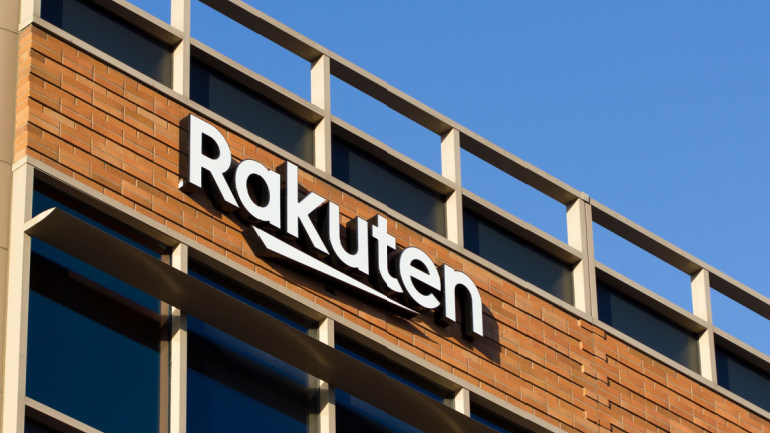Telecom equipment expenditure in North America experienced an unexpected downturn in the first half of this year. Despite global telecom hardware revenues remaining steady, North America’s marked decline significantly impacted the total number. In contrast, other markets, particularly Asia-Pacific, showed robust growth. The reasons behind North America’s decline extend to slowing 5G expenditure and reduced spending on broadband access equipment. Looking ahead, no major global alterations are anticipated, though the volatility of the telecom industry hints at potential changes.
Deutsche Telekom, in collaboration with AirHop, Juniper Networks, VIAVI Solutions, and VMware, has been testing the waters to leverage telecom technology bound by Open RAN specifications. Treading an intriguing path of innovation, they trialed Non-RT RIC technology by performing a RAN closed-loop optimization proof, embraced by ONAP and Open RAN standards. The journey unfolded two pivotal use case scenarios revolving around PCI optimization and energy-saving dynamics powered by AI and machine learning.
Notable declines in Open RAN and vRAN revenues for Q2 2023 have been reported by Dell’Oro, suggesting a potential year-on-year reduction if trends continue. While shrinkage was notable across the Americas and the Asia Pacific region, Europe continues to enjoy growth. Nevertheless, the overall RAN market lacks significant growth, making future predictions challenging about these emerging technologies’ share when 6G becomes widespread.
Transferring 5G workloads to the public cloud is proving slower than expected, leading financial firm Dell’Oro to adjust its growth predictions for 5G standalone (SA) solutions down. Despite this, a growth rate of 65% over five years is still anticipated. However, the slow adoption of 5G SA by mobile network operators and enterprises has led to a cautious approach. Hyperscale cloud providers look set to hold just 6% of total market revenue in the next five years, underscoring the remaining untapped potential in the 5G SA market.
Amid declining telco capital expenditures impacting vendor profits, private cellular networking shines as a beacon of hope. Recent research reveals a significant 60% YoY increase in Q2 revenues for private cellular networking equipment, offering new revenue streams for industry giants like Ericsson and Nokia. However, with greater benefits come complex challenges that, if overcome, could potentially catapult the market worth to a substantial $7.7 billion by 2027.
As Rakuten Symphony’s CEO, Tareq Amin, unexpectedly departs, it heightens the mystery around the company’s subdued performance this year. Despite a promising start and securing a deal with Germany’s greenfield mobile operator 1&1, Symphony’s momentum appears to have plateaued. Yet a recent MoU with Veon to explore Open RAN solutions offers a beacon of hope. Amidst tricky market conditions and scarce major RAN deals, all eyes are now on acting president Sharad Sriwastawa to breathe new life into Symphony.
In a recently revealed Q2 report, Nokia showed flat sales at €5.7 billion year over year, suggesting reduced capital expenditure by operators. Interestingly, while a 5% sales growth in Nokia’s Mobile Networks unit occurred, a troubling 6% decline at the Network Infrastructure division offset this boost. With stark contrasts across regions, North American sales notably dropped by 42% as 5G deployments slowed, while energetic 5G deployments in India couldn’t adequately balance the losses. Mirroring these figures, Ericsson too reported a 9% year over year decrease in Q2 revenue. A gloomy yet realistic outlook from Nokia’s CEO Pekka Lundmark, coupled with analyst firm Dell’Oro’s forecast on the shrinking RAN predictions, suggests telecommunications could be in for a turbulent few years.
Despite robust projections for 5G growth, the radio access network (RAN) equipment market experiences a downturn, according to Dell’Oro Group. A typical industry cycle shows that after the booming initial rollout of new mobile tech, stagnation follows as operators complete their spending cycles. However, 5G RAN could still expand by 20%-30% by 2027, failing to offset decreasing LTE investments. As telecom industry anticipates the inception of 6G, dwindling subscriber growth and restrained capital expenditures, due to economic considerations, are putting pressure on the market.
Virtual and SaaS-based network security solutions thrive as enterprises seek agile options, reaching 20% revenue growth in Q1. The shift is driven by cloud-centric IT architectures and escalating security threats, with top players like Zscaler, Palo Alto Networks, and Akamai leading the market.












